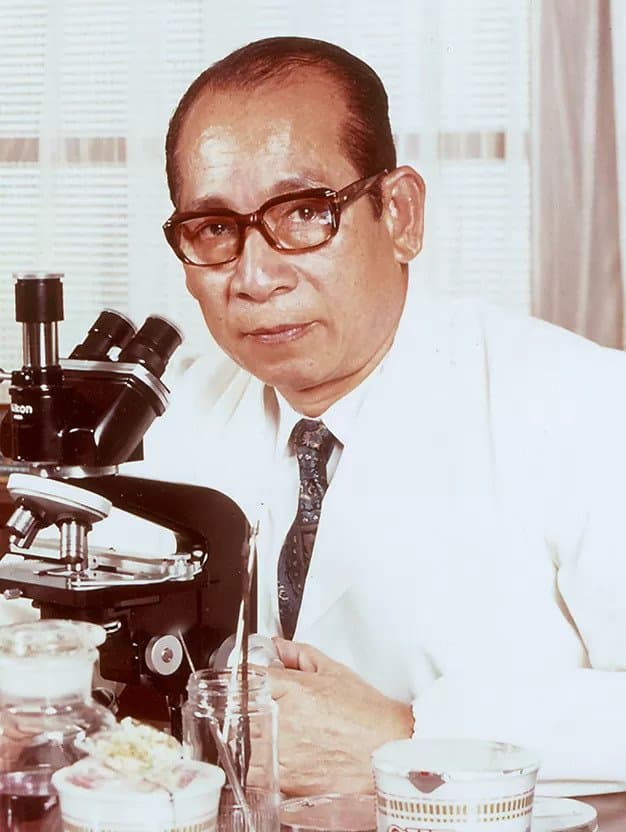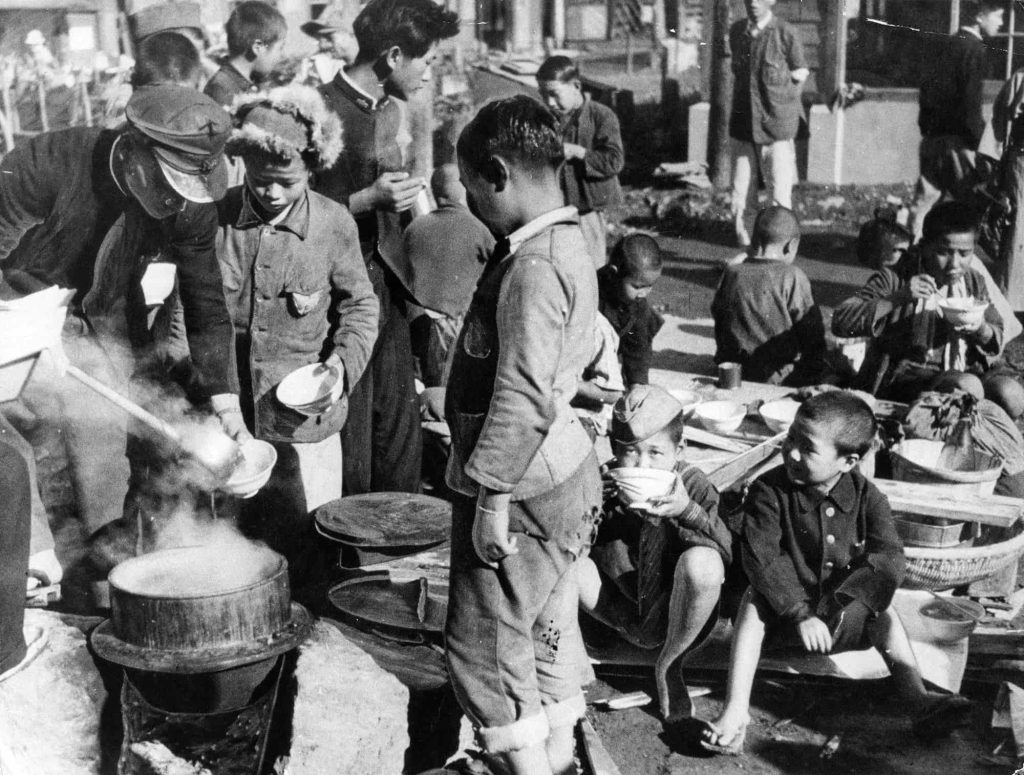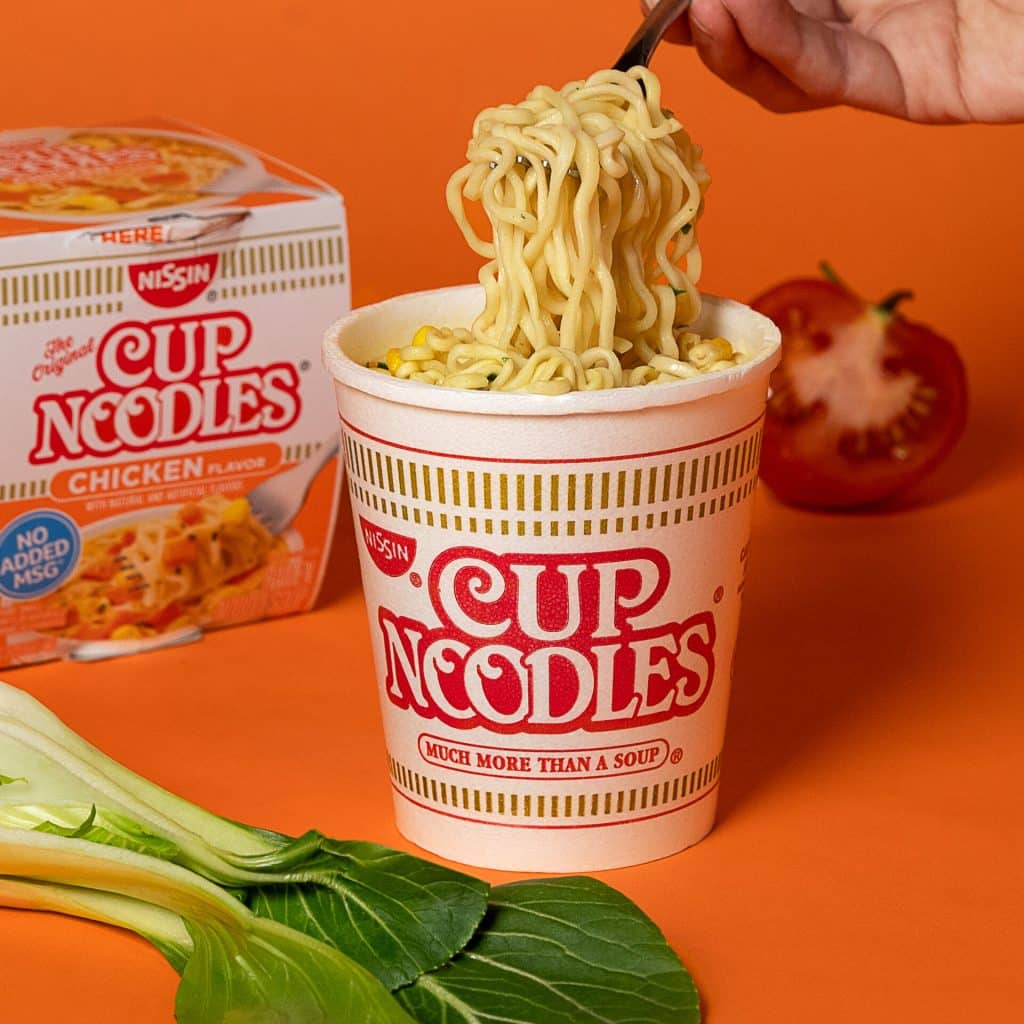Let’s be honest. Nothing beats a steaming bowl of instant noodles, especially during cold weather. If you’ve already tried this, then you know what I mean!
There’s just something comforting about how the flavorful broth of instant noodles warms you up. Its delectable smell and the hot steam waft over you as you slurp the noodles.

It also has become a staple in many households all over the world, offering a savory meal in just a few minutes, no matter the time! It’s no wonder why instant noodles have become a go-to food for a lot of people.
You can just go to the nearest convenience store, choose from many variations and flavors, add water, and you’re already set! You can also prepare it any time of day—in the morning, afternoon, or even at night!
But have you ever stopped and wondered about how this household favorite was made? Who made it, and how it became popular?
If yes, don’t fret. I got you.
I will share with you the interesting history of this versatile and convenient food people love.
Instant ramen was invented by Momofuku Ando, a Japanese-Taiwanese inventor, and businessman who founded the Nissin Food Products Company.

On August 15, 1945, Ando walked through the streets of his hometown Osaka and surveyed the damage wrought the day after the end of World War II. While walking, he noticed a long line of people in an unlicensed food stall, shivering in the cold, waiting for a bowl of ramen.
But despite the food shortage, Ando saw how happy the people who were slurping warm ramen were. It was when he thought there might be a big demand for ramen here.
At the time, Japan suffered from food shortages and it was widespread. Ando believed hunger was the most pressing issue and wanted to help Japan. He also thought, “Peace will come to the world when all its people have enough to eat.”

Citizens relied on food support at that time, mainly wheat flour donated by the United States. So the Japanese government tried to encourage citizens to eat bread made from wheat flour supplied by the U.S.
However, Ando criticized this policy, believing bread was not good for the citizens’ nutritional balance. Instead, he promoted noodles, as the Japanese already enjoy flour-based food and the long tradition of eating noodles.
The experience convinced him to solve this problem and come up with an easy-to-prepare yet nutritious and inexpensive ramen dish.
Ando started experimenting with different ways to make, dry, and flavor noodles in a little shed behind his house in the town of Ikeda, Osaka Prefecture.
He spent a year trying to preserve noodles and ramen by adding hot water at home. However, his efforts weren’t successful. Fortunately, inspiration struck in 1958 after his many failed attempts.
Ando observed his wife, Masako, frying the tempura when he noticed oil removed the moisture. He then finally came up with the idea to throw noodles into the oil.
He discovered that doing so dehydrated the noodles and created those tiny perforations that made the noodles cook more quickly.
Through trial and error, Ando perfected his noodle-making method, preparing noodles, seasoning them with chicken soup, and frying it. Hence, instant noodles were born.

It became the world’s first instant ramen. It was also dubbed a “magic ramen” because of its long shelf life that surpassed frozen noodles.
Each block of noodles was pre-seasoned and sold for 35 yen. At first, the Japanese public initially considered Chikin Ramen a luxury item because it cost slightly more than the typically sold fresh noodles in Japanese grocery stores.
However, consumers quickly embraced instant noodles’ convenience of making at home, as instant noodles can become ready to eat in just two minutes by adding boiling water. Ando’s Chikin Ramen then became a blockbuster hit.
In 1966, Ando traveled to the U.S. to explore the opportunity of expanding sales and promoting Chicken Ramen overseas. He was surprised to see American supermarket managers break up Chicken Ramen noodles into pieces, put them into cups, pour boiling water over them, and eat them with a fork.
It was when Ando was inspired to develop a new product, and the Cup Noodles brand we know and love today was born.

In 1971, Ando and his company Nissin introduced Nissin Cup Noodles. It instantly became a smash hit, especially outside Japan, as you just need to pour boiling water to cook the noodles. You don’t even need a separate bowl; just eat it there and then!
The first version used paper, but they moved to expanded polystyrene foam (EPS or Styrofoam) for the cups.
By the way, here’s a link to the complete timeline of Nissin’s History.







